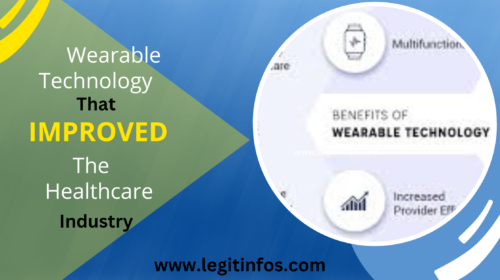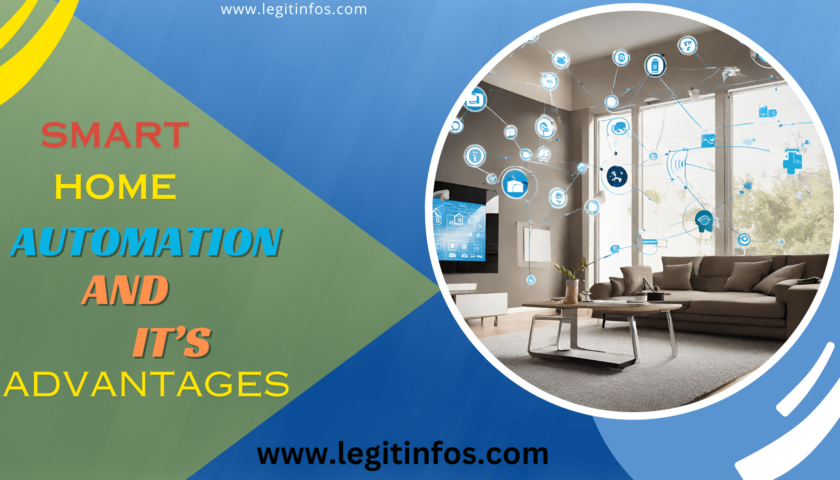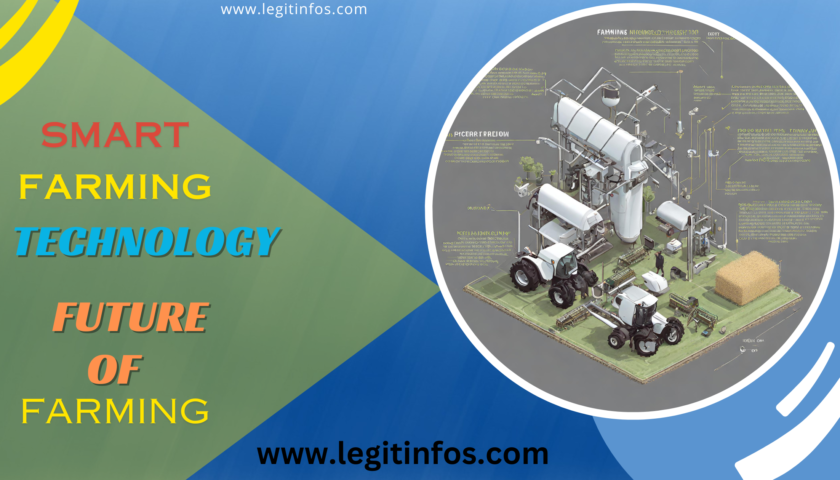In my first article we discussed about wearable devices, what it is and how it has benefited bothe the patients as well as the doctors. Click here to read the post if you haven’t
Over the years a lot of wearable health devices has been invented to enable doctors monitor their patients health status. Hang on tight as you will be introduced o different devices and their uses.
Wearable Devices For Healthcare Industry
- Electronic Skin patches: This device adheres directly to the skin. Sensors in the device contain transmitters that gives remote accesss to data and are use to monitor vital signs, stating medications and movement detection.
- Hydration and sweat sensors: This sensors tracks hydration levels to enable its users know when they are dehydrated, how well they are sweating , and the quantity of water they need to stay healthy. The sensor is attached directly to the skin,and has a screen providing real-time updates which wan be transfered to a smart phone or similar device. This device is useful as healthcare specialists can monitor patients prone to dehydration or those with adrenal gland disorder.
- Pregnancy and Newborn Monitors: This devices can help identify problems in real-time for both pregnant women and nnewborns. Pregnacy monitors provides information about the heart beat of a fetus and also the movements while newborn monitors is attached to the child to track breating, movements and send update in real-time.
- Smart Contact Lenses: This devices to monitor eye health and identify eye diseases earlier to improve the sight of a patient.
- Sports and Fitness Trackers: Ever since Fibit was founded around 2007, Fitness trackers has become popular. This tracker encourages movements to promote better overall health.
- Wearable Blood Pressure Monitors: As the name implies this technology has the capability of providing real-time data of a patient blood pressure status. it prevents the need for inconvenient measuring cuffs.



